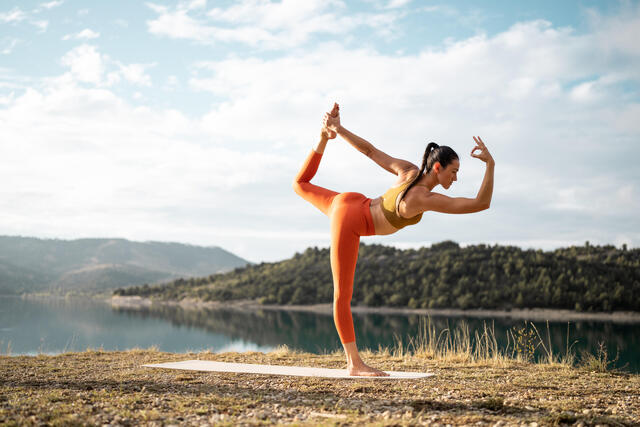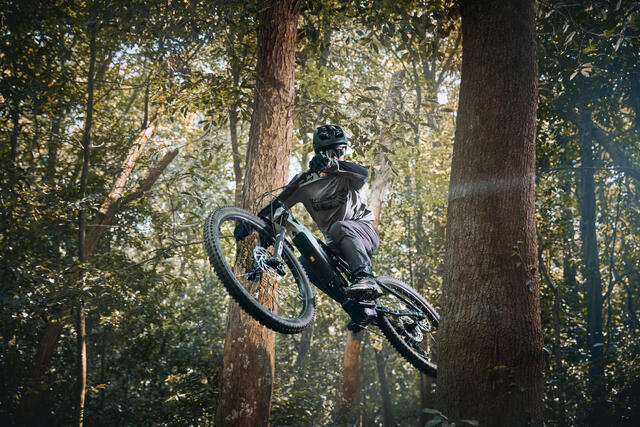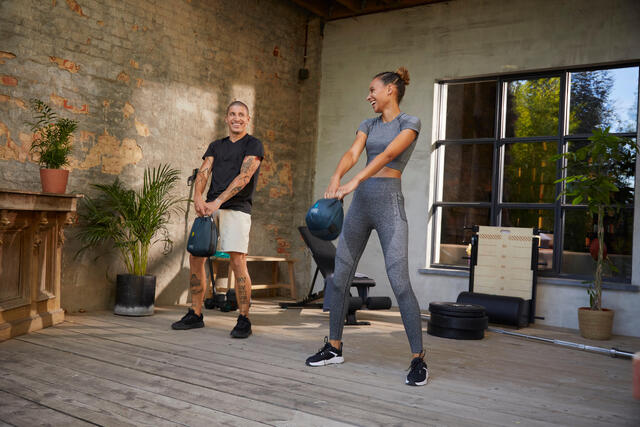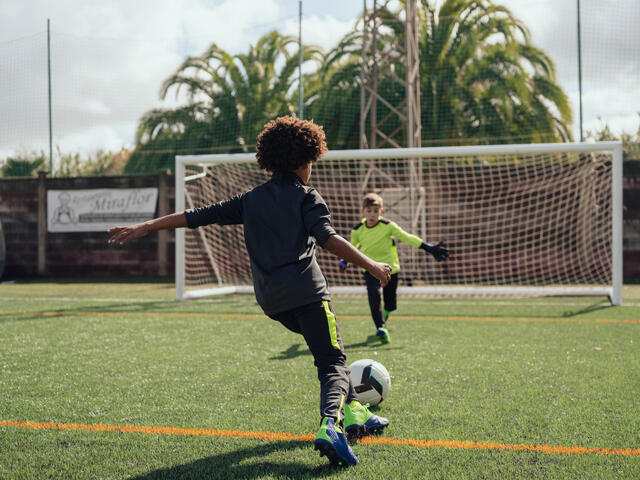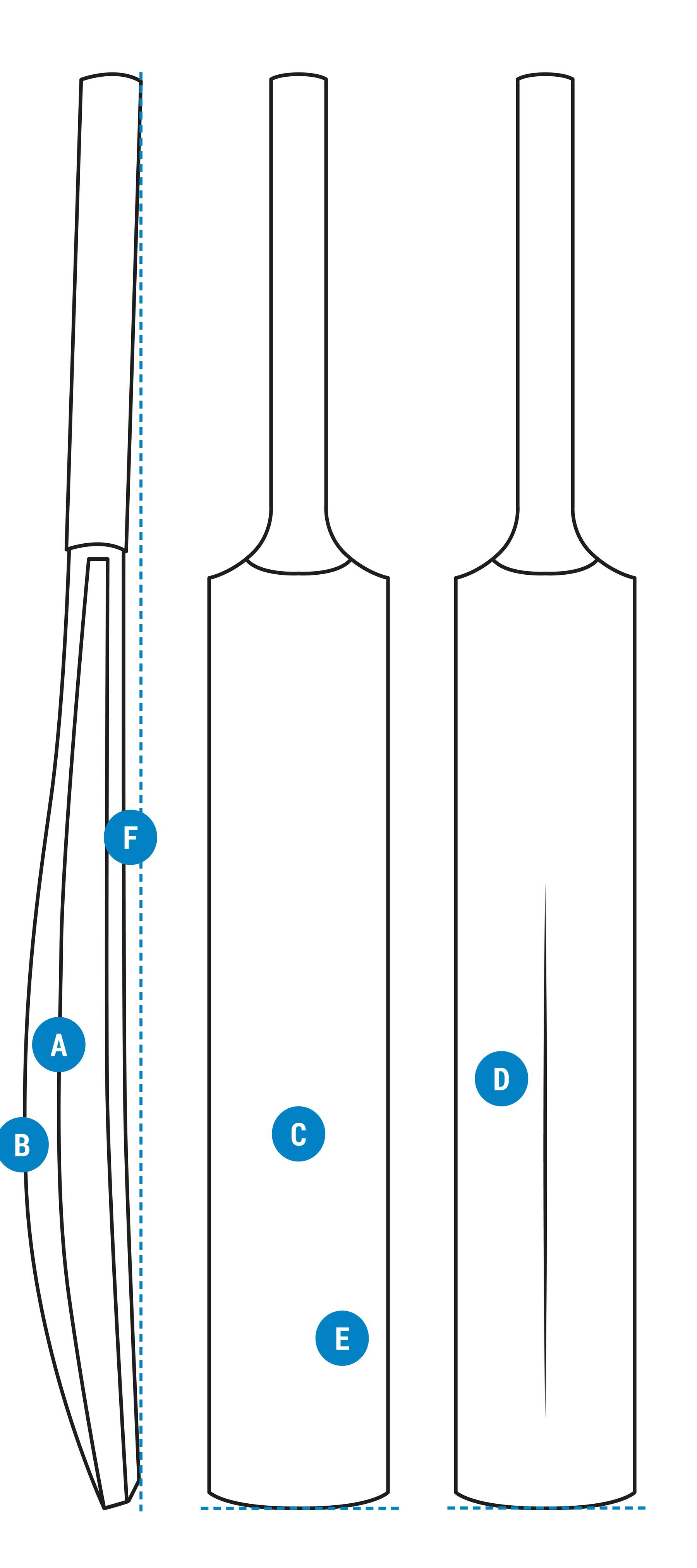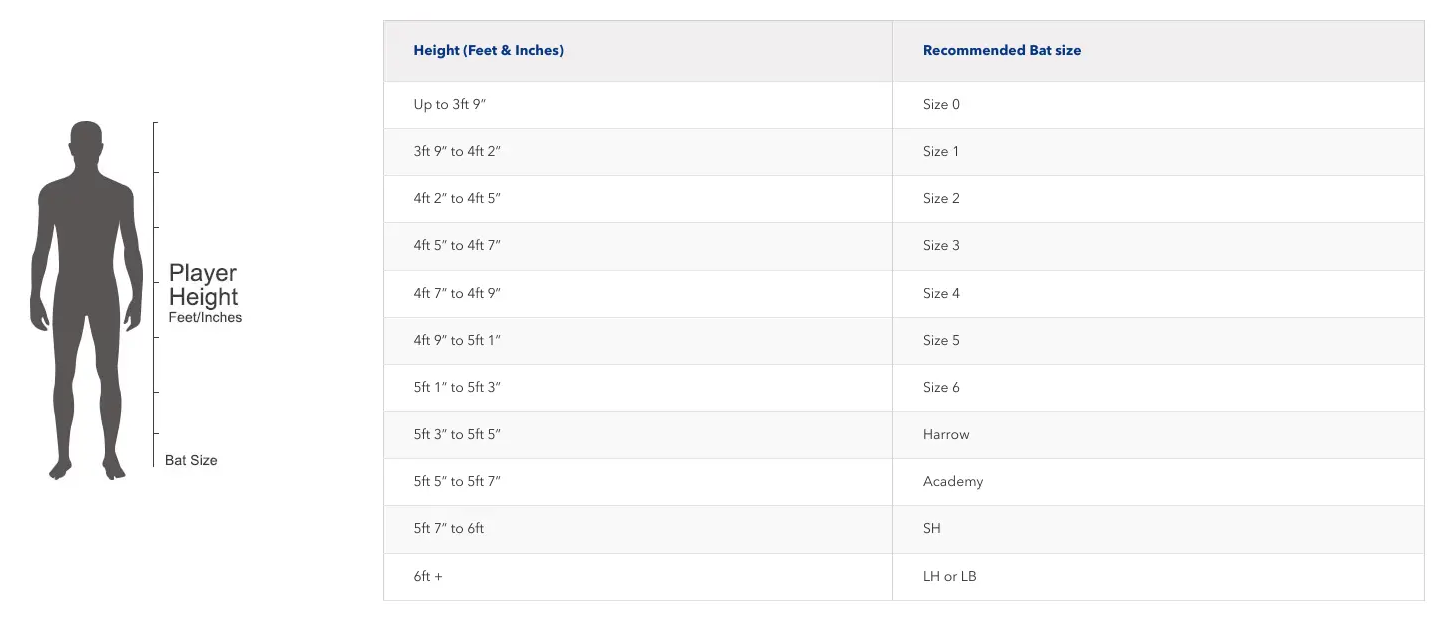Cricket Bat Shape and Anatomy
A — EDGE PROFILE
The edges are the two sides of the bat running from the shoulder down to the bat’s toe. The bigger the edge profile usually provides more balance. This will affect the pickup of the bat and how it feels when you swing during a shot. You’ll most likely have a wider sweet spot that covers more blade surface area.
B — BAT SPINE
The spine is located on the back of the bat and sits in the middle, where the wood rises to a central point. It will usually start from the handle down towards the swell of the bat. The spine works in unison with the edge profile of the bat to create power and a smooth pickup experience.
C — THE SWEET SPOT
Often referred to as the most important part of a cricket bat, it’s located approximately 150mm from the bat's tip and is a position in the blade where performance is at its maximum. Most bats are designed to widen the size of the sweet spot, allowing the maximum amount of energy to be transferred onto the ball whilst minimising the post-impact sensation transferred back to the batsman’s hands for a better, more comfortable performance.
D — SCALLOP
Scallops are designed to maximise the profile of a cricket bat. They are usually located on either side of the spine to allow the apex to be extended without making the bat extra heavy. They also minimise power loss by increasing the edge profile and reducing the rotation of the blade, particularly in off-centre hits.
E — THE FACE/ BLADE PROFILE
In modern cricket, the thickness of the blade is one of the main features of your cricket bat that really matters. Your performance will be highly affected by the weight and thickness of your blade, as this will make up the face profile of your bat (the front side of the blade) that you’ll use to hit the ball. A big factor is the type of wood used to make the bat. There are two main types:
English Willow — The most commonly used as it’s known to create the best-performing bats. Usually white in colour, English willow is native to England.
Kashmir Willow — As the name suggests, Kashmiri willow is native to Kashmiri in India. It's reddish in appearance, denser and heavier wood compared to English willow. Kashmir willow is prized for its durability and long-lasting nature, but its dense quality means that it’s heavier and doesn’t perform as well as English willow.
F — BOW
The bow is the entire back of the bat, from the tip of the handle to the end of the toe. On the back of the bat, a curve usually starts from the bottom of the handle down to the toe. The larger the bow, the more weight is transferred to the front of the hands whilst you bat, affecting how the bat feels when you pick it up and swing.
